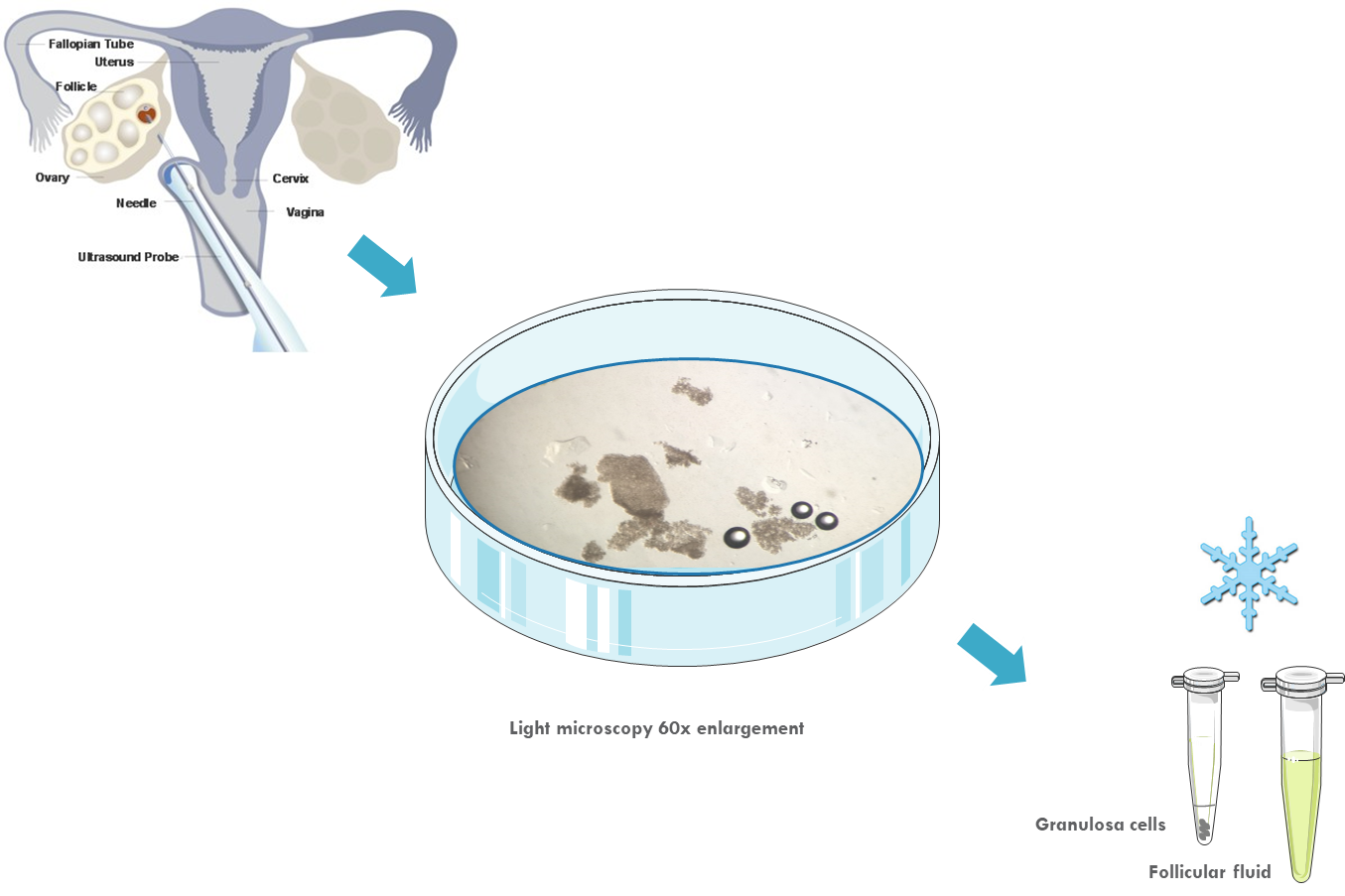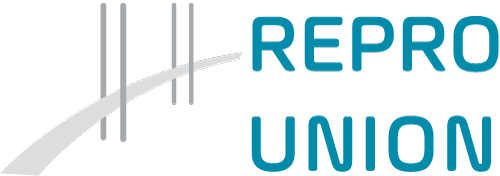This study was performed by Liv la Cour Poulsen at the Fertility Clinic in Region Zealand, Denmark, in collaboration with Laboratory of Reproductive Biology, Rigshospitalet, Denmark and Clinical Chemistry, Lund University, Sweden.
Background
Ovulation with maturation of the oocyte, rupture of the follicle and formation of the corpus luteum is initiated by the midcycle surge of the gonadotrophic hormones Follicle Stimulating Hormone (FSH) and Luteinizing hormone (LH) – both secreted from the pituitary gland.
Local genetic mechanisms, juxtacrine and paracrine signaling across the follicular compartment as well as production of hormones control these processes. Follicular granulosa- and cumulus cells are central in this crosstalk.
Gene expression analysis of these follicular cells have in recent years been done several times at the time of oocyte pick up (OPU) approximately 34-36 hours after ovulation triggering. Because of limited access to follicles prior to OPU, the molecular events that take place during the interval between ovulation triggering and OPU have only been studied to a limited extent.
Aim of the study
This study examines the molecular events in the follicle at five selected time points in the periovulatory interval from ovulation triggering to oocyte pick up in a paired (within woman) time-line setup. The aim was to increase knowledge of the complex ovulatory process including steroidogenesis, angiogenesis and the inflammatory response associated with ovulation.
The study also attempts to show differences in gene expression between different standard stimulation regimens and different trigger compounds.
Collection of materials
Each project patient had a follicle puncture with collection of follicular fluid and granulosa cells prior to her actual oocyte pick up. The puncture was performed either before ovulation triggering or 12, 17 or 32 hours after triggering. Subsequently, she also had a normal oocyte pick up at 36 hours after triggering, from which cells and follicular fluid were similarly isolated. An illustration of the method can be seen in the picture below.

Status
Patient inclusion has been completed with enrollment of 55 women undergoing fertility treatment. Results are steadily coming in this fall (2018), and they are being processed into manuscripts. We expect to present some results at the ESHRE 2019 meeting and attempt to publish several papers during the next year.
